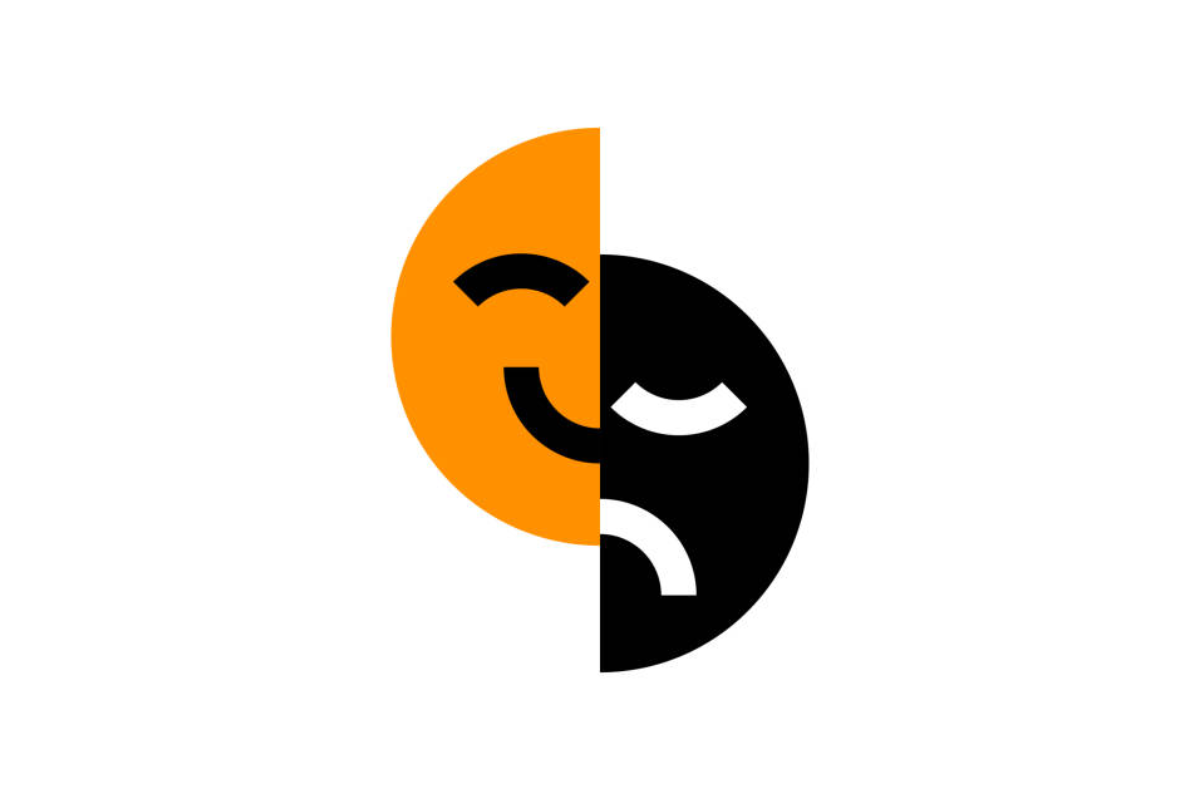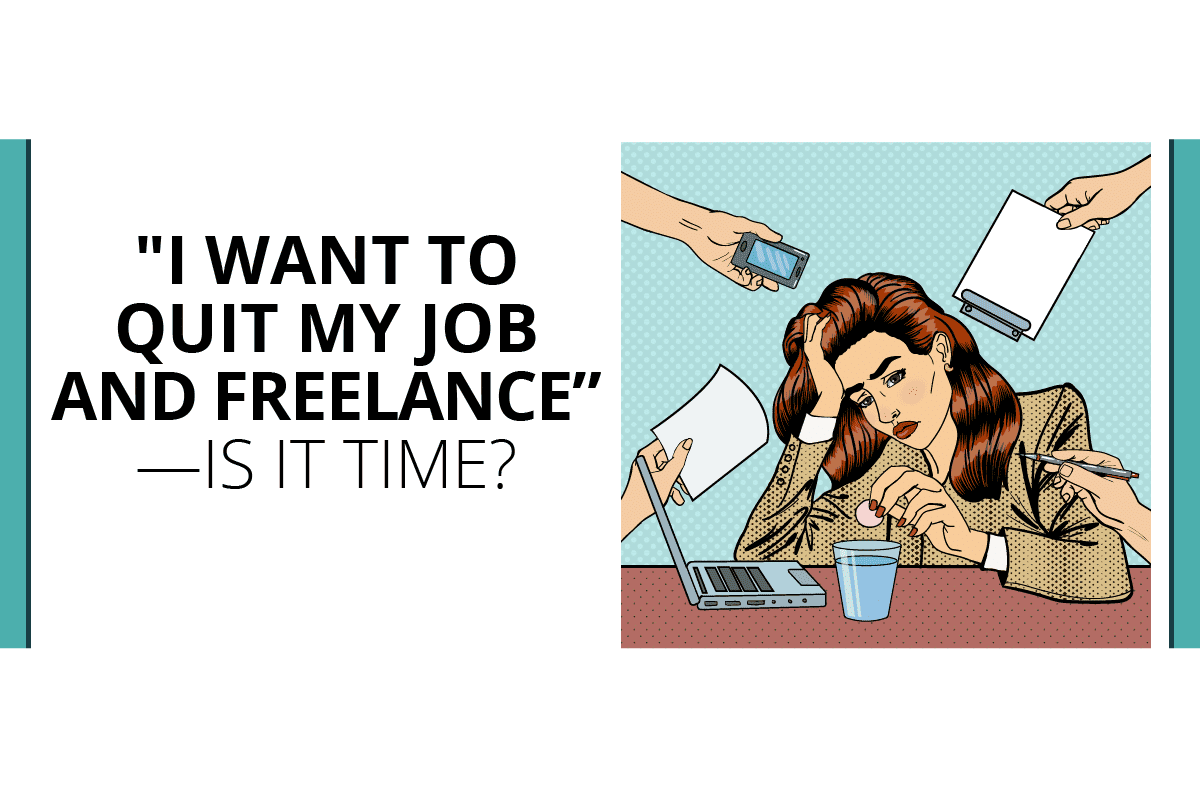You wake up thinking about your work. You go to bed dreaming about its impact. You believe in what you're doing—maybe even feel grateful to be doing it. And yet, almost every morning, there’s that pause. That moment when you stare at the ceiling and think, Do I really have it in me to go through this again?
It’s a contradiction that’s hard to explain, especially when the work feels meaningful. You might be in a role that aligns perfectly with your values, your skills, even your identity. You might enjoy the conversations, thrive on the challenges, and believe in the mission. But still, deep down, something isn’t sitting right. It could be the pace that never slows down. Or the way your creativity feels squeezed between meetings and metrics. Maybe you finish your day feeling proud of the results, yet emotionally drained by how you got there.
This quiet internal conflict isn’t uncommon. In fact, it’s becoming one of the defining experiences of modern professionals. According to Gallup’s 2024 global workplace report, 62% of workers feel disengaged at work, and yet many of them still report enjoying their actual job tasks. Deloitte’s 2024 Human Capital Trends survey echoes this with a surprising insight: nearly half of all passionate employees—those who feel energized by their roles—also report signs of chronic burnout. So while the work might be fulfilling, the way it’s packaged, paced, and pushed often isn’t.
Loving what you do doesn’t mean loving where or how you do it. Sometimes you’re energized by the problem you’re solving, but disconnected from the people solving it with you. Or you're proud of the impact your work has, but quietly resentful of the compromises it takes to get there. You tell yourself it’s worth it—because who gets to have a job they actually enjoy? But what if you're loving the job while losing yourself in the process?
This is where the disconnect lives: between purpose and pace, passion and pressure. It's easy to romanticize the idea of doing what you love, but that doesn’t erase the exhaustion of back-to-back calls, the stress of unclear boundaries, or the quiet dread of Sunday evenings. Sometimes the most exhausting part isn’t the task itself—it’s the structure around it, the expectations you’re constantly managing, and the version of yourself you have to perform just to stay afloat.
So no, you’re not broken for wanting out of something you still believe in. You’re simply noticing the emotional cost of staying. The question isn’t always, Do I still love this work? It’s often more complicated, I love it enough to keep sacrificing this much of myself for it?
In the sections ahead, we’ll explore why this paradox exists, how it’s shaping our professional lives in 2025, and what it really means to outgrow a role that once felt like everything you wanted.
Because sometimes, the hardest truth to accept is this: you can love your job and still know it’s time to go.
Reasons Why People Love Their Jobs and Still Want to Leave

1. The Job Is Great—The System Isn’t
You might be passionate about your craft—whether it's designing, teaching, coding, or caregiving—but find yourself disillusioned by the corporate structure surrounding it. The emotional labor involved in navigating endless meetings, key performance indicators (KPIs), and performance reviews can be draining. Micromanagement and outdated hierarchies further exacerbate this dissatisfaction.
A Gallup study identified five key work experiences that significantly contribute to burnout: unfair treatment at work, unmanageable workload, unclear communication from managers, lack of manager support, and unreasonable time pressure. Even when employees are engaged and passionate, these systemic issues can lead to burnout.
2. Mental Fatigue Without Mental Stimulation
Repetitive tasks, even in roles that are inherently creative or impactful, can lead to mental fatigue. When the work becomes routine and lacks opportunities for intellectual growth or creative autonomy, it can feel stifling.
Gallup's research shows that engaged employees are less likely than their less engaged coworkers to report feeling stressed. However, without opportunities for growth and stimulation, even engaged employees can experience burnout.
3. Misalignment Between Work and Life
Inability to switch off from work can lead to emotional spillover into personal life. Professions that demand constant emotional availability, such as caregiving, teaching, or therapy, are particularly susceptible.
According to Deloitte's 2024 Global Human Capital Trends report, about a third of respondents say that their job and their work/life balance contribute significantly to their stress levels. This misalignment can make even the most fulfilling jobs feel overwhelming.
4. Reward Doesn’t Match the Effort
When salary, benefits, and recognition don't align with the emotional or intellectual investment required by the job, it leads to what can be termed the “compensation contradiction.” The notion that doing what you love should suffice as its own reward is flawed.
Gallup's research indicates that 76% of employees experience burnout at least sometimes, highlighting that passion alone doesn't prevent burnout. Without adequate compensation and recognition, even passionate employees may feel undervalued.
5. Isolation and Cultural Disconnect
Feeling disconnected from coworkers, despite shared goals, can lead to a sense of isolation. Workplaces that don't genuinely embrace diversity and inclusion can exacerbate this feeling, especially among underrepresented communities.
Deloitte's research reveals that 60% of workers surveyed reported feeling the need to cover aspects of their identity at work, leading to emotional exhaustion. Such cultural disconnects can make employees feel they don't truly belong, prompting them to consider leaving.
Systemic issues, lack of stimulation, work-life imbalance, inadequate compensation, and cultural disconnects can all contribute to the desire to leave, even when the work itself is deeply satisfying.
Psychological Tug-of-War: Why We Stay

1. Cognitive Dissonance and the Sunk Cost Fallacy
Cognitive dissonance arises when individuals hold conflicting beliefs or attitudes, leading to psychological discomfort. In the workplace, this often manifests when employees recognize that their job no longer aligns with their personal values or goals, yet they continue due to previous investments of time, effort, or resources.
This behavior is closely linked to the sunk cost fallacy, where individuals persist in an endeavor because of past investments, even when future prospects are bleak. For instance, an employee might remain in a role that no longer offers growth opportunities simply because they've dedicated years to the company. Research indicates that high levels of cognitive dissonance can amplify the sunk cost effect, making it more challenging to make rational decisions about leaving unfavorable situations.
2. Attachment to Professional Identity
Our professions often become integral to our identities. Phrases like "I'm a teacher" or "I'm a software engineer" reflect how deeply intertwined our jobs are with our sense of self. This attachment can make the idea of leaving a role feel like losing a part of oneself.
The fear of identity loss can be so profound that individuals may choose to stay in roles that no longer serve them, simply to maintain a consistent self-concept. This phenomenon is particularly evident during career transitions, where the uncertainty of a new identity can be daunting.
3. Fear of Losing Community, Structure, and Purpose
Beyond the tasks and responsibilities, jobs provide a sense of community, routine, and purpose. Colleagues become friends, daily routines offer structure, and work goals give a sense of direction. Leaving a job can mean disrupting these elements, leading to feelings of isolation and aimlessness.
The concept of "job embeddedness" explains how individuals become enmeshed in their work environments through connections, fit, and perceived sacrifices of leaving. These ties can make the prospect of leaving feel like dismantling a significant part of one's life.
The Rise of “Soft Quitting” and Career Pivots

Soft Quitting: Present in Body, Absent in Spirit
In today's workplace, a growing number of employees are engaging in what's termed "soft quitting." This phenomenon involves individuals remaining in their roles, fulfilling their basic responsibilities, but emotionally disengaging from their work. They no longer go above and beyond, often due to feelings of burnout, lack of recognition, or misalignment with company values.
Gallup's research indicates that many of these "soft quitters" fit the profile of being "not engaged" at work, performing the minimum required while being psychologically detached from their roles. This state of disengagement can lead to decreased productivity and a sense of dissatisfaction, both for the employee and the organization.
Quiet Career Shifts: Navigating Change Subtly
In response to the challenges of soft quitting, many professionals are opting for quiet career shifts. These transitions can take various forms:
- Internal Moves: Seeking new roles within the same organization that better align with personal goals or values.
- Sabbaticals: Taking extended breaks to recharge, reflect, or pursue personal interests.
- Industry Changes: Transitioning to different sectors that offer more fulfilling opportunities or better work-life balance.
These subtle shifts allow individuals to realign their careers without the upheaval of a complete job change, providing a pathway to renewed engagement and satisfaction.
The Surge in Freelancing and Gig Work
The post-2020 era has witnessed a significant rise in freelancing and gig work, driven by the desire for flexibility, autonomy, and better work-life integration. Upwork's 2023 Freelance Forward report highlights that 38% of the American workforce, totaling 64 million professionals, engaged in freelance work. This shift is not limited to the U.S.; globally, the online gig economy accounts for up to 12% of the labor force.
A notable trend is the migration of experienced professionals from traditional full-time roles to freelancing. Many of these individuals cite burnout and the lack of flexibility in corporate environments as primary motivators for the switch. Freelancing offers them the opportunity to regain control over their schedules, choose projects that align with their passions, and achieve a more balanced lifestyle.
The rise of soft quitting and the shift towards freelancing underscore a broader transformation in the workforce. Employees are increasingly prioritizing personal well-being, autonomy, and meaningful work over traditional employment structures. Organizations that recognize and adapt to these changing priorities will be better positioned to attract and retain top talent in this evolving landscape.
How Companies Can Help (But Often Don’t)

In the quest to promote workplace well-being, organizations often default to surface-level perks—think free snacks, game rooms, or casual Fridays. While these benefits can enhance the work environment, they don't address the core elements that contribute to employee satisfaction and mental health. To genuinely support their workforce, companies need to delve deeper into the structural and cultural aspects of their operations.
Purpose Clarity
Employees derive motivation and satisfaction from understanding how their roles contribute to the organization's overarching goals. When there's a clear connection between daily tasks and the company's mission, employees are more likely to feel engaged and valued. Conversely, ambiguity in role expectations or organizational objectives can lead to confusion and disengagement.
Work-Life Autonomy
The ability to manage one's work schedule and environment is crucial for mental well-being. Rigid work structures that don't accommodate personal needs can lead to stress and burnout. Offering flexible work arrangements, such as remote work options or flexible hours, empowers employees to balance their professional and personal lives effectively.
Transparent Feedback Loops
Open and honest communication between employees and management fosters trust and continuous improvement. Regular feedback sessions, where employees can voice concerns and receive constructive input, contribute to a culture of mutual respect and growth. Without these channels, employees may feel unheard and undervalued, leading to disengagement.
While perks can enhance the workplace atmosphere, they shouldn't replace fundamental practices that address employees' core needs. By focusing on purpose clarity, work-life autonomy, and transparent communication, companies can create environments where employees not only thrive professionally but also maintain their mental well-being.
What to Do If You’re in This Situation

Before making any major move, give yourself the space to reflect honestly and without judgment. Ask yourself: Is it the job I love, or the version of it I once imagined? Are you ending most days with a sense of quiet accomplishment or quiet exhaustion? And perhaps most importantly: What are you compromising mentally, emotionally, even physically just to stay? These questions can help you separate momentary frustrations from deeper, persistent misalignment.
Consider a Sabbatical
Sometimes clarity comes from stepping away. A short-term break or unpaid sabbatical can offer the mental distance needed to evaluate your relationship with work. Companies that support this time off, especially those that promote mental wellness, often report higher retention and employee loyalty afterward. Even a well-planned month off can shift your perspective from survival mode to long-term vision.
Explore Internal Role Changes
You don’t always have to leave the organization to find your fit. Internal transitions whether it’s moving to a different team, adjusting responsibilities, or even redefining your current role can provide a fresh sense of purpose. A candid conversation with a supportive manager might lead to an opportunity that reignites your energy, without requiring a full exit.
Seek Career Coaching or Therapy
When your thoughts are tangled, a professional perspective can help untangle them. Career coaches help identify your strengths, values, and blind spots, while therapists can help process the emotional weight of work-related stress. Together or separately, both tools help you move from emotional fog to actionable clarity, especially when your identity feels deeply tied to your job.
Test the Waters with Freelancing
Dipping into freelance work while still employed is a low-risk way to explore what's out there. It can be a reminder of the skills you have, the variety of work that exists, and the flexibility that many traditional roles lack. Even one or two small projects can offer a confidence boost, help build a secondary income stream, and open doors you hadn’t considered before.
Leaving isn’t always an escape. Sometimes, it’s a way back to yourself, your creativity, your calm. It’s not disloyalty to your job. It’s loyalty to your growth.
Loving your job doesn’t always mean it’s loving you back in the way you need. Sometimes, the very roles that once energized us begin to feel constraining, not because we've lost our passion, but because we've evolved. As Sarah Jaffe articulates in her book Work Won’t Love You Back, the modern workplace often exploits our devotion, leading us to believe that passion should be its own reward, even at the expense of our well-being.
It's essential to recognize that outgrowing a role isn't a failure; it's a natural progression. As Gianpiero Petriglieri notes in the Harvard Business Review, leaving a job you love can be an act of growth, allowing you to seek new challenges that align more closely with your evolving self.
In the end, walking away isn't about abandoning your passion; it's about honoring it. It's about seeking environments where your work is not only valued but also supports your growth and well-being. Because sometimes, stepping away is how you learn to love your work again, on your terms.
Also read:

















